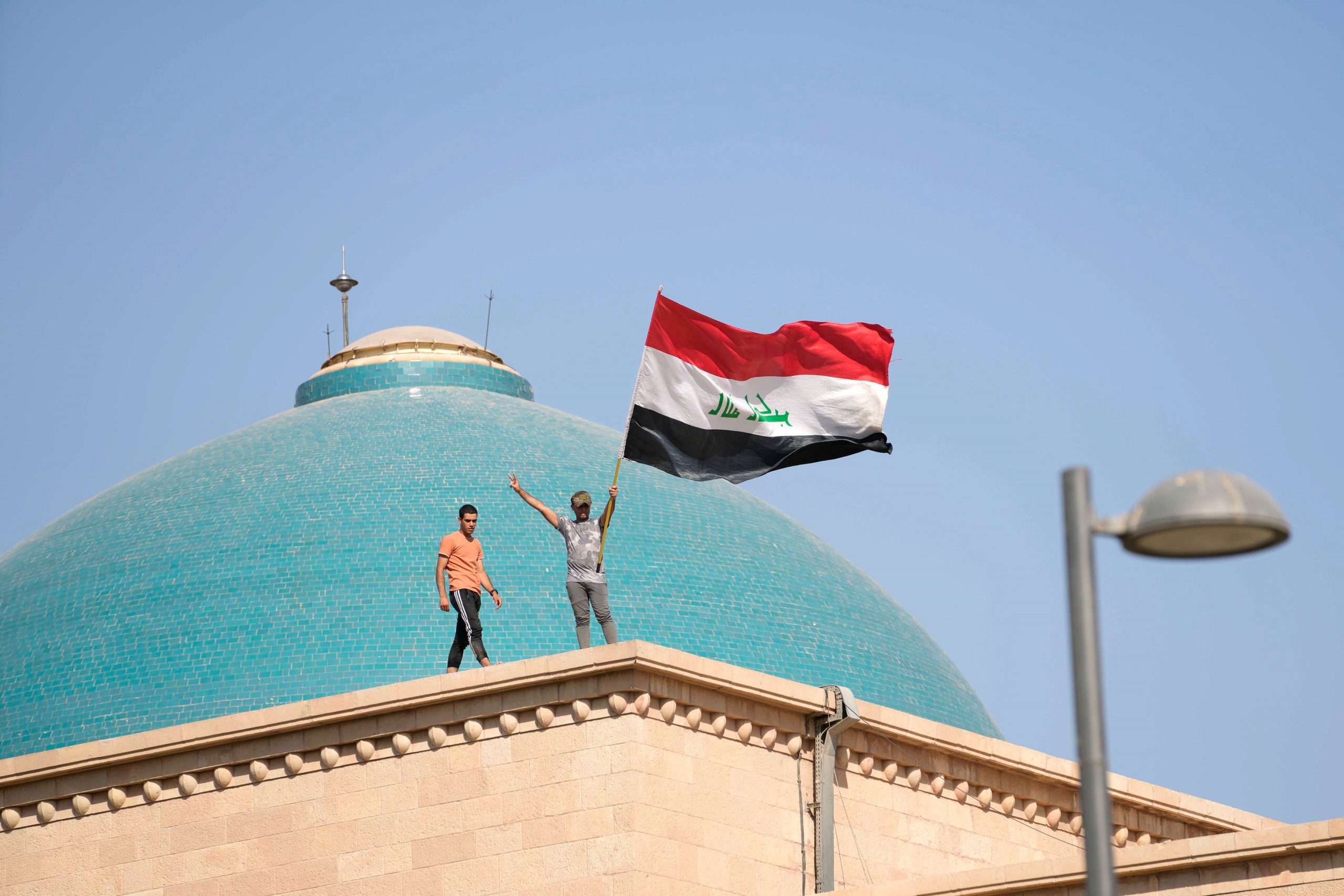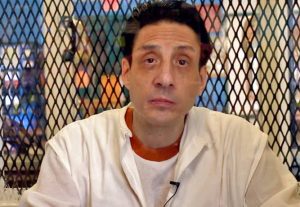The powerful Iraqi Shia clerc Muqtada al-Sadr announced his retirement from political life on Monday, sparking protests that have left at least fifteen people dead and over 40 injured, according to a report from CNN.
His announcement comes in the wake of weeks of political tension and protests after al-Sadr announced his decision to withdraw his political bloc from the Iraqi parliament.
Iraq is no stranger to violent protests and upheaval given the country’s tumultuous history. The country’s most recent history of protest began in 2015, following the withdrawal of coalition forces and the invasion of ISIS and their subsequent removal. Here is a look at some of the deadliest protests that Iraq has seen in recent history.
Also Read: Iraq protests: How other countries have reacted so far
2018 protest about public services
Numerous protests began to sprout in regions of Iraq against the government’s corruption and the deteriorating economic conditions. In 2018, security forces used live ammunition and fired upon protestors in the port city of Basra, killing seven protestors and injuring over 30 people in response to an agitation lamenting the lack of public services. Overall, the protests that began in 2015 and continued till 2018 claimed the lives of over a 100 people across various regions of Iraq.
2019 assassination campaign
Starting on October 25, 2019, thousands of Iraqi protestors took to the streets demanding action against corruption and accountability from the government. Prior to the mass mobilisation, on October 7, dozens of protestors were killed in Sadr city. On October 24, at least 50 protestors were killed after attempting to enter the Green Zone, which acts as the center of international presence in Baghdad.
In December, 29 activists related to the protests had been assassinated by unidentified gunmen.
2020 protests
At least 10 people were killed Baghdad, Basra, Karbala and Diyala between January 20 and January 22, hiking the country’s protestor death toll to over 600. Over the course of the year, numerous incidents left protestors and civilians wounded. The government refused to disclose the total number of people killed and faced intense scrutiny and pressure from the United Nations Human Rights Council as well as Amnesty International. By the end of the year, 902 civilians had lost their lives either to protests or violence in the country.







